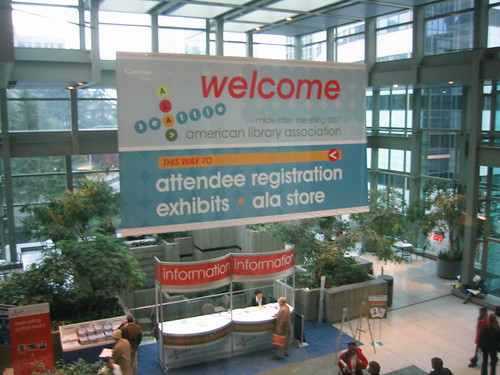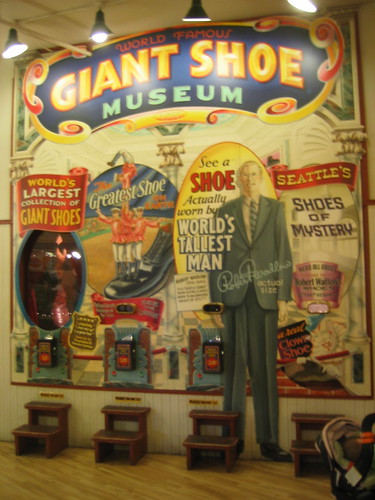Lee Raine from the Pew Internet & American Life Project
Web 2.0
Asked by the Pew American Life to not advocate for anything…simply collect information.
“I adore librarians”
What is web 2.0? Show’s the “Ask a Ninja” Podcast episode. “That is web 2.0”
6 Hallmarks of Web 2.0 that Matter to Libraries
1. The Internet has become the computer
-
Broadband is growing
Wireless is growing
The number of people who access the internet from the library has double in the last 4 years
Broadband makes video a big part of the internet experience.
62% of Internet users under 30 have watched YouTube videos
The number one indicator of basic political knowledge: watching Colbert and Daily Show
Internet use is more social
2. More than half of teenagers have profiles on social sites like MySpace or Facebook: The social comes to the virtual.
-
Older teenage girls are the heaviest users of the social sites, far more than boys or younger girls
51% of young adult internet users have uploaded photos to the internet. This means that visual images are increasingly the currency of communication.
About 40% of teenagers have posted their own creations online
33% of college students have a blog…(NB: That’s a full third, people! Pay Attention!)
26% say they remix content they find online
19% of young adults havae created an avatar that interacts with others online
3. Even more internet users are accessin the content created by others
-
Not a huge single set of users….Long Tail group
44% of young adult internet users seek information at Wikipedia
Wikipedia users, statistically, have the higher levels of education over non-Wikipedia users
Information Seeking is not to find sources, it is to find people…they reach out to their social circle for more info, not to other sites.
4. Many are sharing what they know and what they feel online and that is building conversation and communities
-
33% of young adult internet users have rated a person, product, or service online.
32% of young adults have tagged content online
25% of younger internet users have commented on videos
5. People are sharing their expertise and resources online
-
44% of internet users participate in peer-to-peer exchanges
10,000 to 30,000 active developers in the Open Source movement
6. Online Americans are customizing their online experience
5 issues libraries must struggle to address
-
Navigation: linear to non-linear
Context: learning to see connections
Focus: practicing reflection & deep thinking
Skepticism: learning to evaluate information
Ethical behavior: understanding the rules of cyberspace




